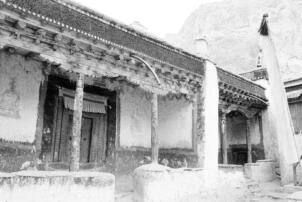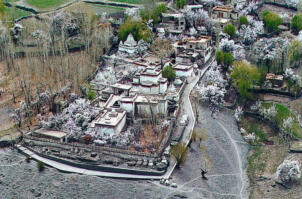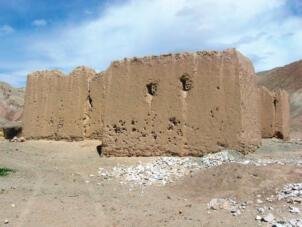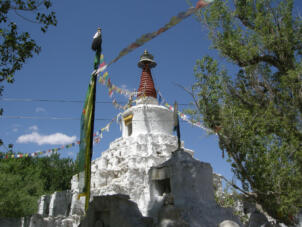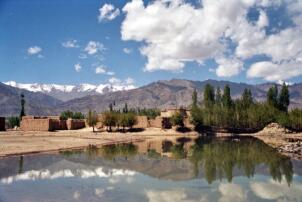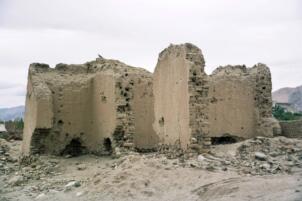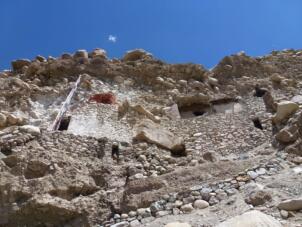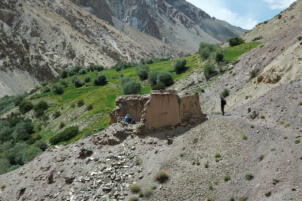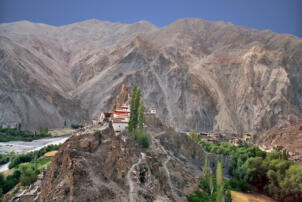Ladakh
Mangyu

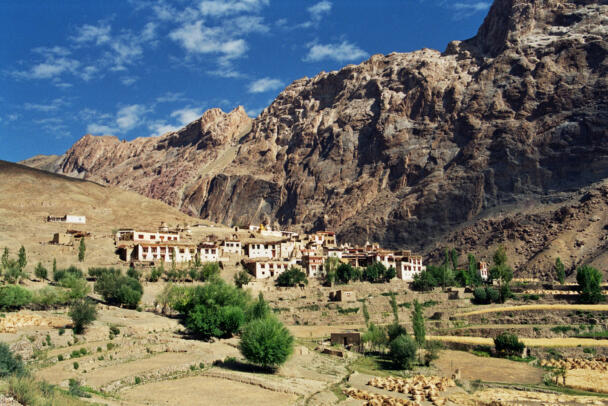
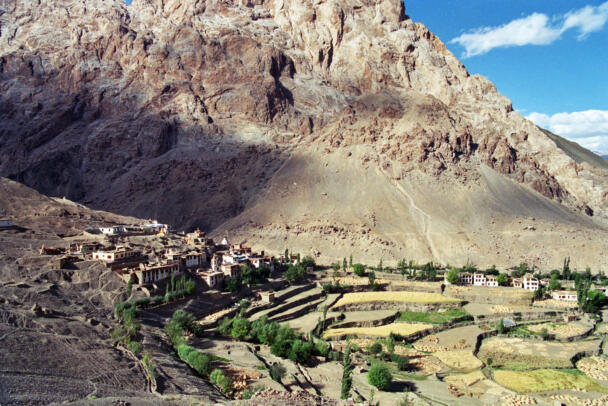




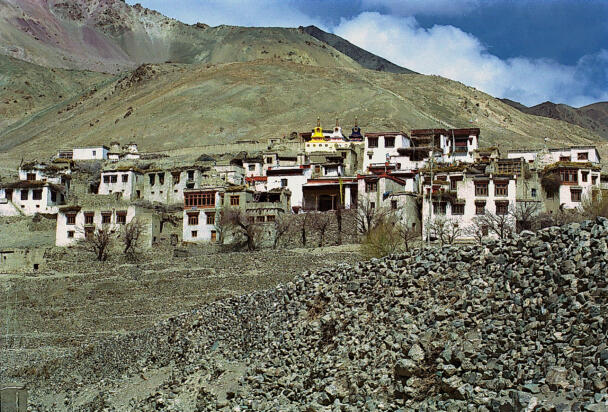
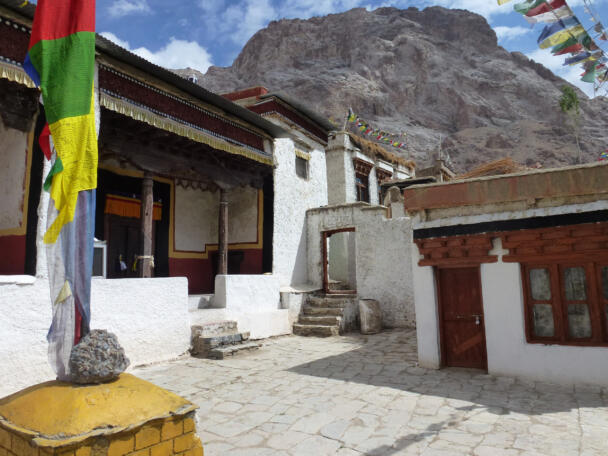
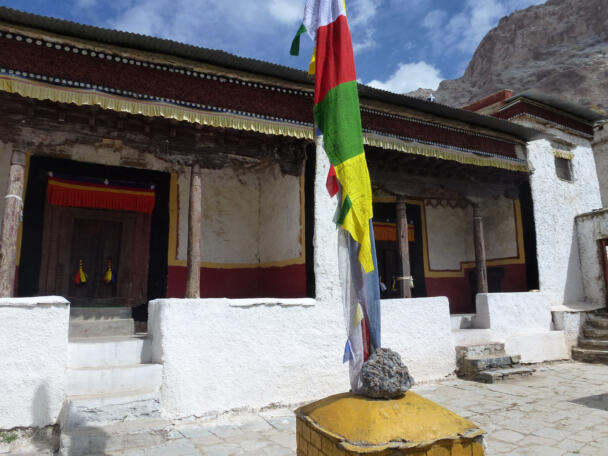


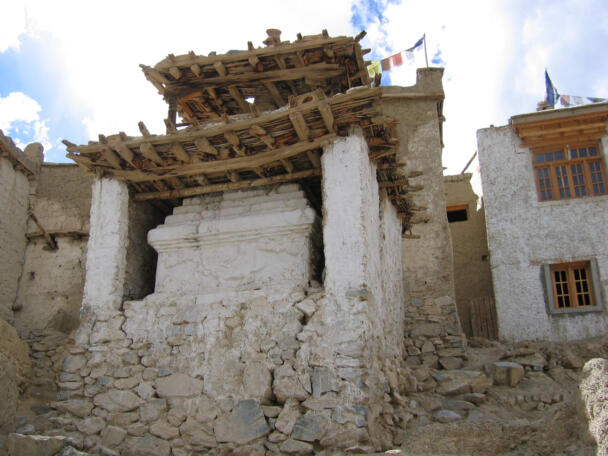

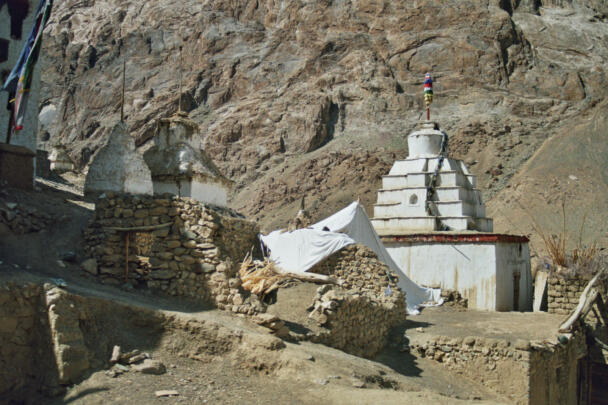
The temple complex of Mangyu
Coordinates of the site: 34°13’57.64″ northern latitude and 77° 2’57.58″ eastern longitude, at an altitude of 3513 meters.
Mangyu is located about 50 kilometres (airline) west of Leh. The village is situated in a spectacular side valley of the Indus River valley. The upper part of the village consists of a number of houses situated above natural terraces with fields. This part of the village preserves the remains of a monastery attributable to the period from approximately the mid of the 12th century to the early 13th century. The temple complex comprises two temples facing southeast, situated adjacent to each other and two chapels on both sides of the temples. In front of the complex lies an open courtyard. The temple on the right side is dedicated to Vairocana. The other one, with a painted Sakyamuni as its original main image, though today named after the sculpture of a much later eleven-headed Avalokitesvara, lies on the left side. These rather small assembly halls are flanked by two high chapels with large, iconographically and stylistically different images of Bodhisattva Maitreya. The chapel to the side of the Vairocana Temple is considerably smaller than the one on the other side. At the south-western side of these structures lies a chörten of the Alchi type deriving from an earlier period. Further up on the slope of the hill and hidden behind some village houses on the northern side of the temple complex, another beautifully decorated chörten is situated. It is the only one in the group containing paintings and therefore called the Four-Image Chörten.
Cf. Luczanits, Christian. 2004. Buddhist Sculpture in Clay: Early Western Himalayan Art, late 10th to early 13th centuries. Chicago: Serindia Publications, pp. 155–174.
2D Plans

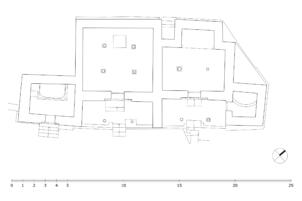

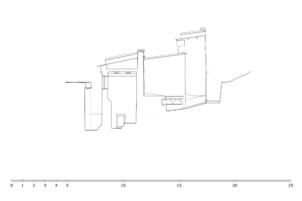
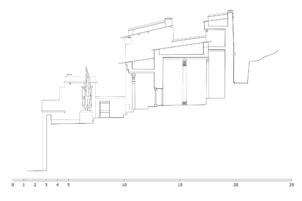
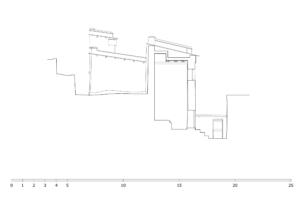
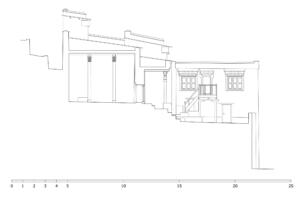
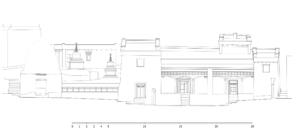

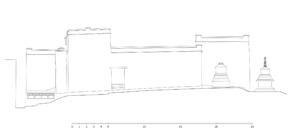
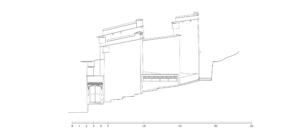
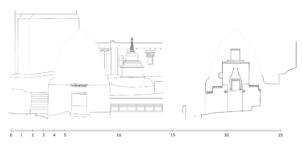
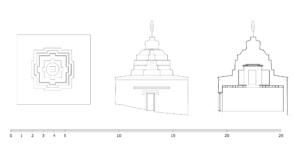
3D Model
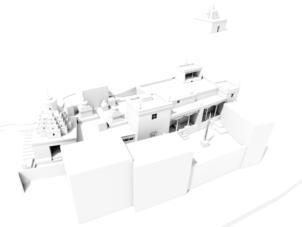
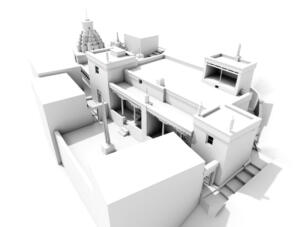


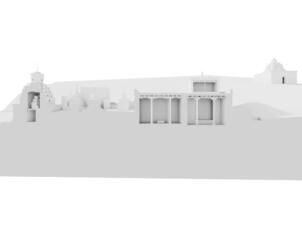

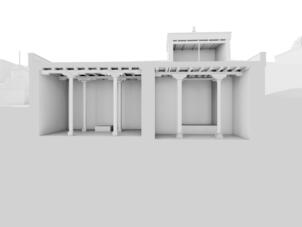
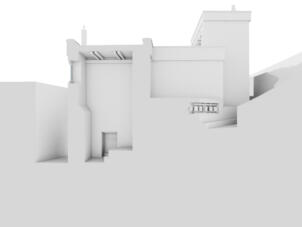
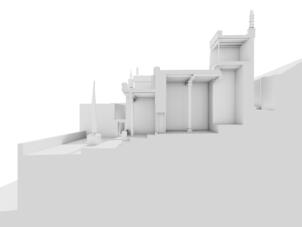
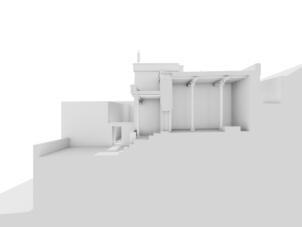
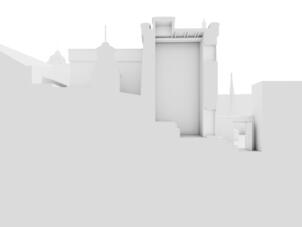
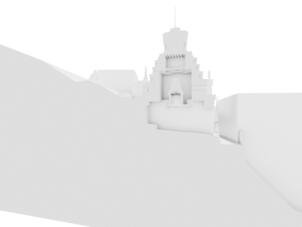

Interior decoration
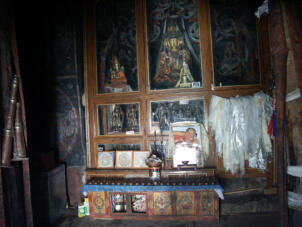

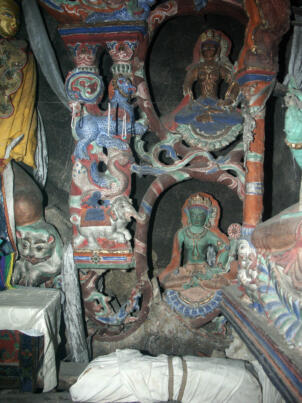
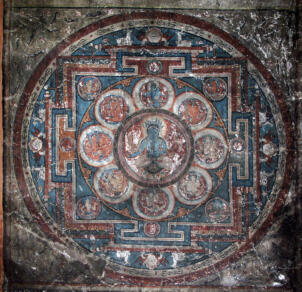
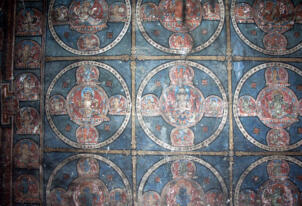
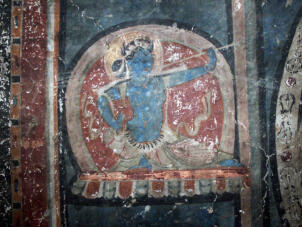

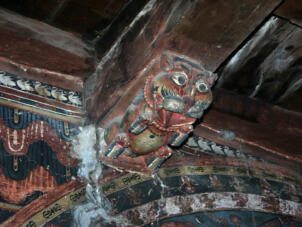
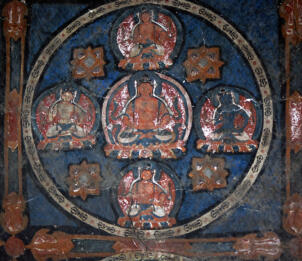
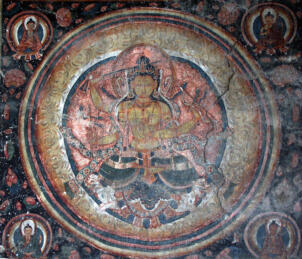
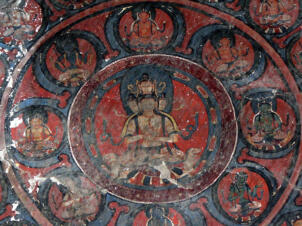

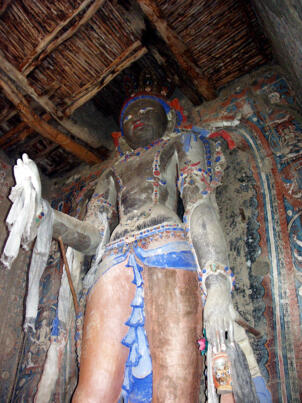
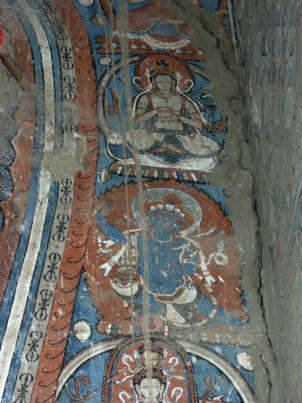
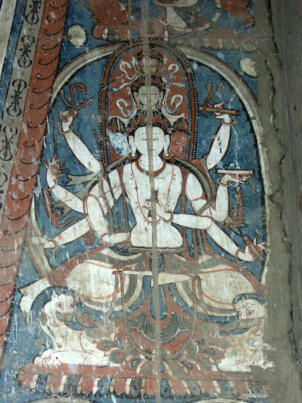



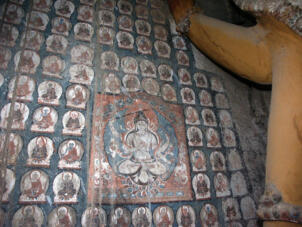
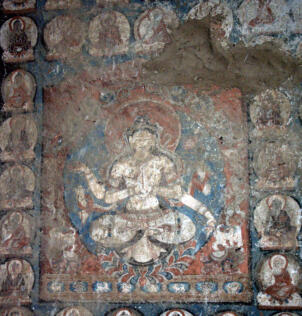
More from
